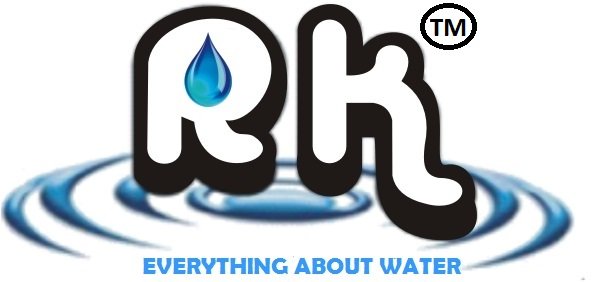HOW ARE FLOCCULATION AND COAGULATION USE IN WASTEWATER TREATMENT?
Flocculation and Coagulation in water treatment are used to remove suspended solids through a process that destabilizes the suspended particles in water solutions. The difference between the two is coagulation is the coming together, or clumping of particles, and flocculation is the settling of coagulated particles. Their purpose is to remove and neutralize charge density of particles with coagulation and then facilitate particle bounding through flocculation so that the larger aggregated particles easily separate from the water and settle to the bottle.
ETP (Effluent Treatment Plant) is a process for treating the industrial waste water for its reuse or safe disposal to the environment. The effluent generated from different sections of a industry must be treated before they are discharged to the environment. Various types of Coagulants and Flocculants are used for solid liquid separation in ETP.
The purpose of Sludge Dewatering is to reduce sludge volume by removing as much water as possible from the sludge to minimize its disposal cost. Dewatering processes potentially remove both the free water and a proportion of the interstitial (or floc) water present in sludge. Med. to High molecular Flocculants are used for this purposes.
- FLOCCULANTS & COAGULANTS
Polyelectrolytes are water-soluble polymers composed of a polymer chain, combined with ionic charges.Depending on the nature of the ionic charge, the polyelectrolyte can be classified as Cationic, Anionic, and Non-Ionic. Polyelectrolytes are also classified on the basis of their molecular weight. Such as low molecular weight, medium molecular weight, high molecular weight (HMW Polyelectrolyte) and ultra-high molecular weight.Polyelectrolytes has been developed for solid/liquid separation in industrial and municipal waste water treatment. Polyelectrolytes also known as flocculating agent enhance the performance of the dewatering process thereby meeting the needs in varied industrial applications involving solid-liquid separation. The applications may include water purification, oil recovery, colour removal (decolorisation), COD /BOD reduction, paper & board production, mineral processing, mining, and various dewatering sludge, effluent treatment and various other process.Polyelectrolytes are primarily used in Primary, Secondary, and Tertiary Clarification Process, High Sheer Applications, such as Centrifuges, DAF, thickening, and organic sludge dewatering in wastewater treatment plants.
- COLOUR REMOVAL AID
Specialty Polymers for the Removal of Colouring Matter from Effluents. Often treatment of the effluent streams requires removal of colouring material from the water prior to discharge. Coloured water is highly objectionable and impairs down-stream use. However, certain chemicals that colour water are in true solution and are more difficult to remove. colour removal polymers are effective in removing such colouring matters from effluents.



